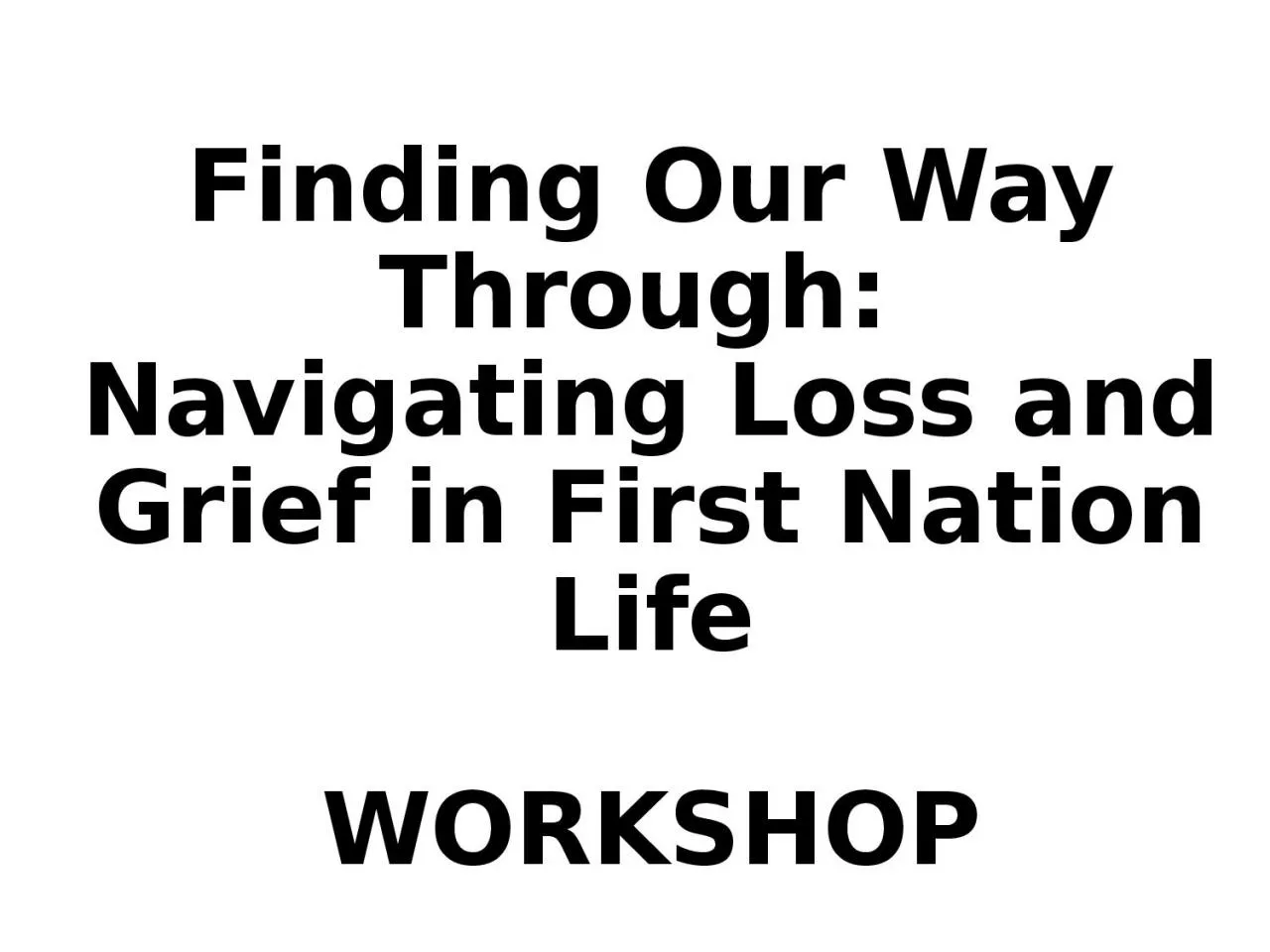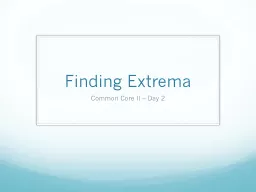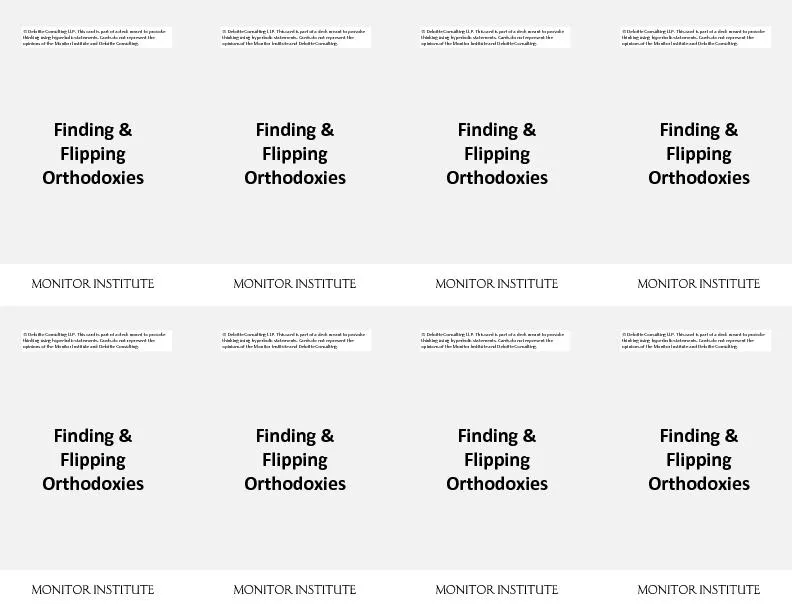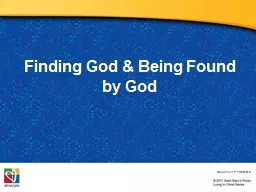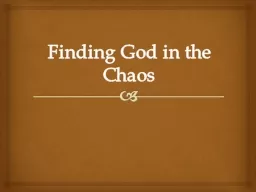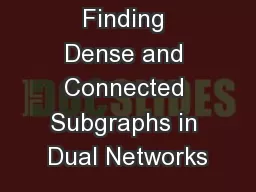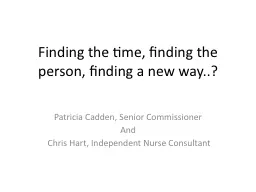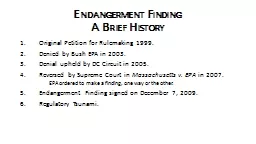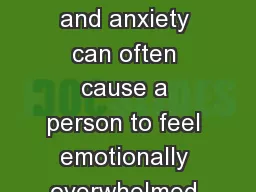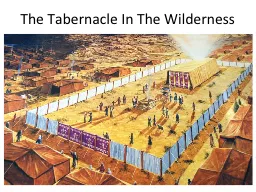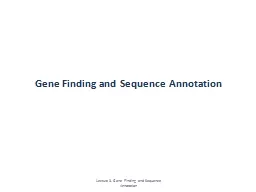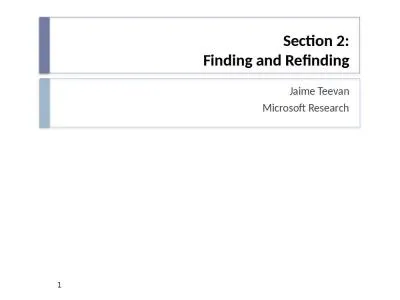PPT-Finding Our Way Through:
Author : joanne | Published Date : 2023-05-20
Navigating Loss and Grief in First Nation Life WORKSHOP Choose a partner it is best if it is someone you do not know well Introduce yourself to your partner
Presentation Embed Code
Download Presentation
Download Presentation The PPT/PDF document "Finding Our Way Through:" is the property of its rightful owner. Permission is granted to download and print the materials on this website for personal, non-commercial use only, and to display it on your personal computer provided you do not modify the materials and that you retain all copyright notices contained in the materials. By downloading content from our website, you accept the terms of this agreement.
Finding Our Way Through:: Transcript
Download Rules Of Document
"Finding Our Way Through:"The content belongs to its owner. You may download and print it for personal use, without modification, and keep all copyright notices. By downloading, you agree to these terms.
Related Documents

